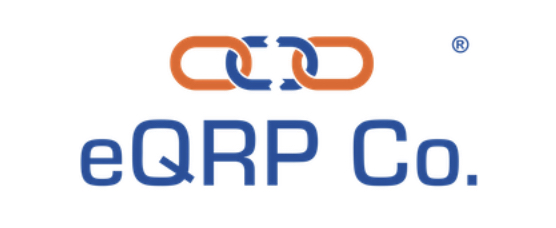What is a T12?
Effective underwriting is the foundation of multi-family investing. Without good underwriting, any operator is sure to go in blind, betting with hope for positive results and returns for investors. One of the essential documents needed in order to effectively underwrite a real estate asset is the Trailing 12, also known as the T-12. This is simply a set of financials – operating income, operating expenses and net operating income – provided by the seller and broker for the last twelve months.
How to Read a T12
This information serves as a lamp used to light the uncertainty of the property, because income is fundamental and net operating income is everything when it comes to multi-family investing. When looking at the T12, an underwriter should see each both income and expenses sub divided by category broken out on a monthly basis with a 12-month total in the final column. Review of these numbers is the first step to assessing how the property currently operates and whether there is room to improve operations.
Working with Lenders
It is important to note that the information on the T12 is needed for those who intend to work with a lender. Lenders need to know how the property has performed as an indication of how it will perform throughout the loan period. To further mitigate risk, lenders assess income on a “T-3 Annualized Basis,” which means, rather than using the full twelve months of income data for their assessment of the asset’s income, they use only the last three months as the best indication of future performance. Since it is only three months of data, the will “annualize” it by multiplying it by four in order to assign an annual income. For example, if an apartment has produced $20,000 for the last three months, the underwriter will multiply that by four and use income of $80,000 for an annualized income.
Caution
Review of the T12 is only one step in the process of assessing a property’s performance. These numbers are only as good as the assumptions and accounting from which they derived. For example, confusing capital expenditures with operating income will make net operating income inaccurate. Other less critical mistakes such as miscategorization of expense categories could lead to a less accurate understanding about the property’s performance. Adding landscaping to repairs and maintenance when it is more of a contract service may lead to a false interpretation of repairs and maintenance as a percent of total expenses. Less sophisticated operators are likely to make these mistakes. This is why it is good to ask questions and use the T12 as a starting point to the assessment of the property. After the asset is under contract, the true due diligence is done to verify those numbers.
Practice
Any skill takes repetition. If you are an active investor, gain some practice by reviewing T12’s from brokers. On many broker websites, you can gain access to a property’s T12 by logging in or entering credentials, or you can obtain it by requesting it from the broker. The more practice and familiarity you gain, the better you will become at your review and analysis using the T12 document.
Subscribe to Our Channel 👇🏾

💡Invest Your Retirement w/ eQRP
– I Rolled My 401k Into eQRP to Passively Invest In Apartments
Other Resources

Rodney Robinson II
[email protected]
